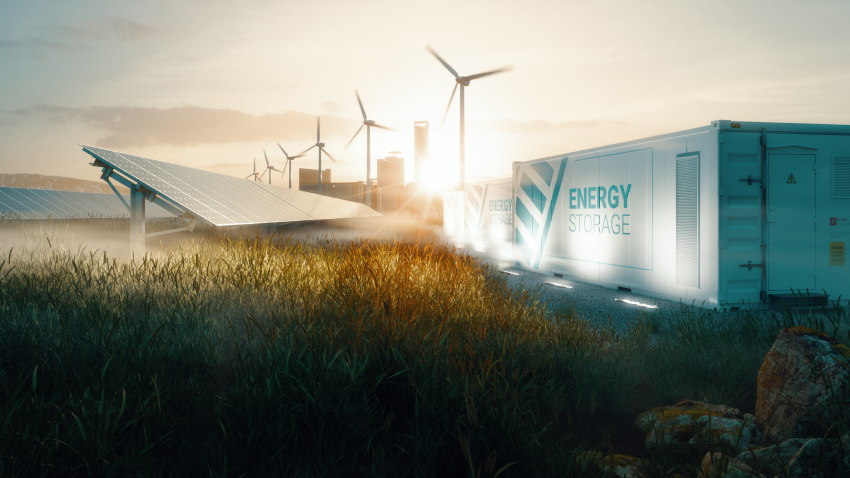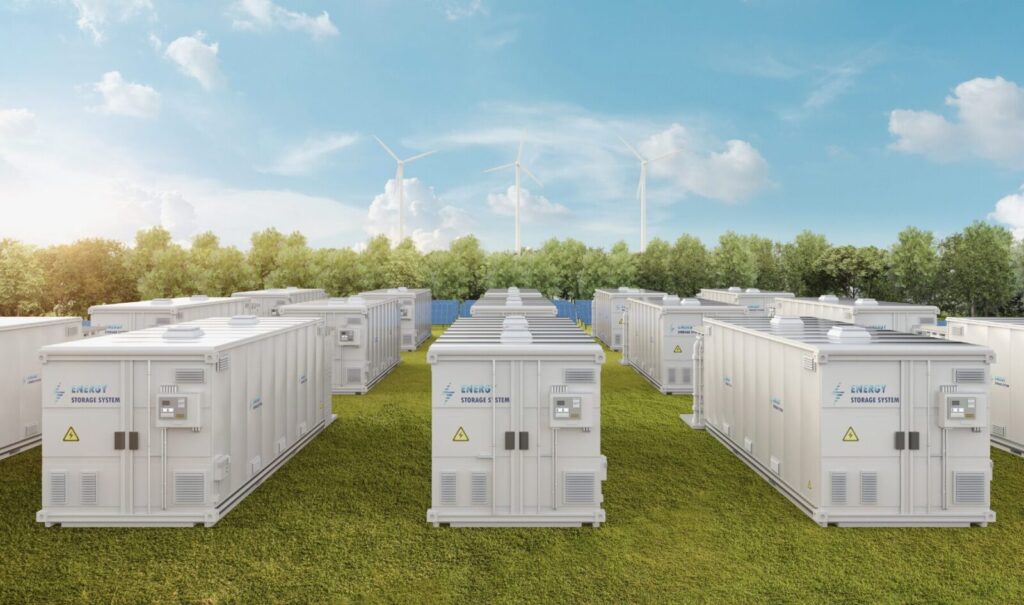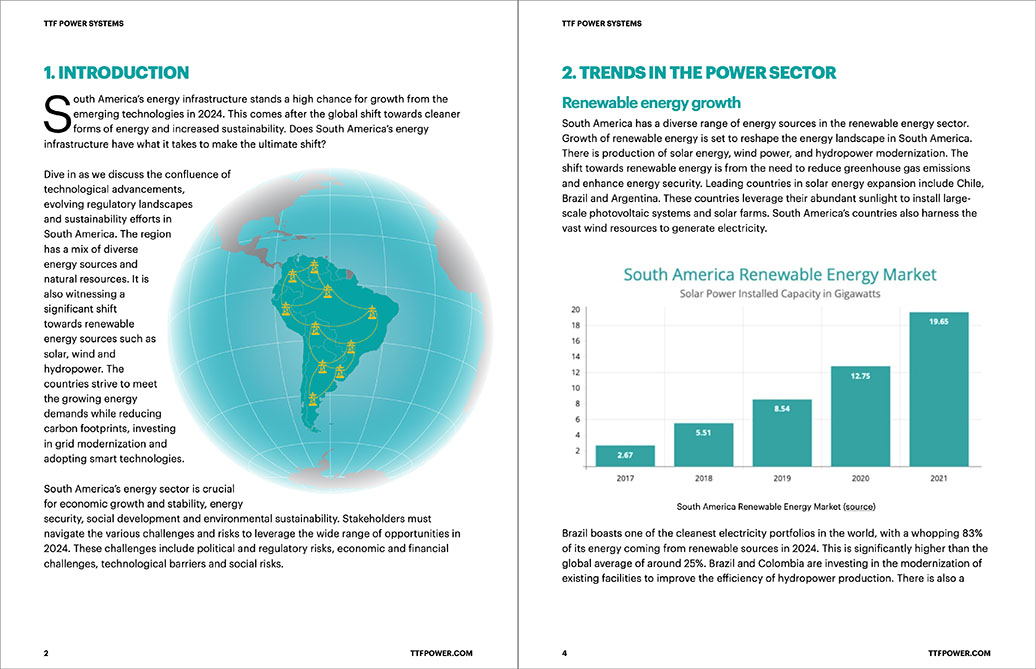- Solar and Wind energy production relies on the weather conditions in the region. This impacts the energy security and reliability.
- Energy storage systems help to address this problem by ensuring availability when demand is high and production is low.

Global decarbonisation goals will take more than solar panels and wind turbines. The resources depend on sunshine and wind to generate electricity, which vary depending on the weather. Energy storage systems provide solutions to ensure energy reliability and security. Development and innovations in energy storage systems bring together investors, utilities, installers, manufacturers, and project developers. For instance, Growattt, a global leader in distributed energy solutions, showcased a wide range of solar and energy storage solutions. Additionally, KSTAR announced participation in the Intersolar South America 2024 forum. They have produced BluePulse energy storage systems designed to optimize energy management for a wide range of applications. These systems help to ensure energy efficiency and reduce operational costs. Governments across South America are increasing their investments in energy storage, focusing on scaling up storage capacity.
Overhead line connectors link electrical conductor or cable segments to create power transmission systems. They provide the network for electrical connections and insuring insulators and conductors. These components include suspension clamp, couple fitting, hotline clamp, yoke, among others. They serve in termination, suspension, or joining the conductors. Overhead line connectors help in connecting energy storage systems to the main electrical grid. They also help in maintaining the integrity and reliability of power transmission. At TTF Power Systems, we are a one-stop-shop for utility hardware fittings, transmission line accessories, and power line construction including the overhead line connectors. We provide our customers with the most extensive range of products in the industry and knowledgeable service. Additionally, we offer quality control which begins at the first batch of samples that you receive from us and continues through all production phases.
Energy storage systems used in South America’s energy infrastructure in 2024
South America continues in the innovation, research, and development of energy storage systems to enhance their grid stability. These systems help to stabilize energy produced from renewable energy sources like solar and wind. With the increased investments in renewable energy, the region may see further investments in both large-scale and distributed storage solutions. These developments are helping South America build a more resilient and sustainable energy infrastructure. For instance, Brazil is set to increase the adoption of small-scale solar power in the country. This will need energy storage solutions to maintain efficiency. Meanwhile, overhead line connectors allow for easier disconnection and reconnection of power lines. This is important during maintenance and repairs of the energy storage systems. The following are the key energy storage solutions used in South America in 2024.

- Lithium-ion battery storage – this is the most adopted energy storage technology across South America. They help to store excess energy generated by solar and wind farms to ensure a steady supply of electricity. Countries like Chile, Brazil, and Argentina have heavily invested in lithium-ion battery systems.
- Pumped hydro storage – pumping water to a higher elevation during periods of low energy demand and releasing it during peak periods is also a storage solution. This is well suited for seasonal energy storage to help manage the variability of renewable energy sources.
- Thermal energy storage – Chie has been a pioneer in thermal energy storage through concentrated solar power (CSP). This storage also works in industrial processes where heat can be stored and used as needed.
- Distributed energy storage systems – this system involves smaller battery units installed in homes or communities paired with solar panels. In Peru and Bolivia, DESS helps to provide reliable electricity to remote communities.
Challenges facing the adoption of energy solutions in 2024
Adoption of energy storage systems in South America in 2024 faces several challenges. These challenges may impact the scalability and effectiveness of these technologies. The challenges may arise from economic, technical, regulatory, and social factors. The region has to adopt some strategies to address these challenges and meet their decarbonisation goals. This will need coordinated efforts from governments, the private sector, international organizations, and local communities. Also, this will help the region integrate energy storage solutions and support the transition to sustainable energy. Overhead line connectors connect the output of the storage system to the distribution lines that supply power to consumers. The following are the challenges facing adoption of energy storage systems.

- High initial costs – the upfront costs of installing energy storage systems remain high. This includes the cost of the storage units and infrastructure needed for grid integration.
- Grid infrastructure barriers – outdated infrastructure in South America is not equipped to handle the integration of large-scale energy storage systems.
- Technical challenges – some of the energy storage technologies are still emerging and may not be ready for adoption. They may also not be able to integrate with renewable energy sources like solar and wind.
- Economic and market barriers – the energy storage market in South America lacks large-scale deployment. This can limit the economic incentives for deploying energy storage.